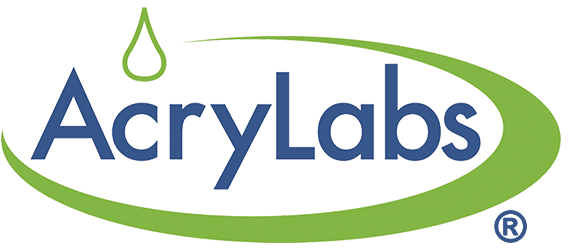 |
Cool Roofing System FAQ's
Environmentally Safe Cool Roofing System
Humans who live in tropical climates wear light colored or white clothing to help keep their bodies cool. People know that light colors reflect heat and sunlight; whereas dark colors absorb more heat and light. Buildings roof systems are similar to humans. If you have a dark-colored roof system, your building will be hotter than if it had a light-colored roof system.
Cool Roof Systems are roofs consisting of materials that effectively reflect the sun's energy from the roof system surface. Cool materials for low-slope roof systems are mainly bright white in color, although non-white colors are starting to become available for sloped roof system applications. Cool Roof systems must also have high emissivity, allowing them to emit infrared energy. Unfortunately bare metals and metallic roof system coatings tend to have low emissivity and are not considered cool roof materials.
Cool roofs reduce the roof system surface temperature by up to 100 degrees Fahrenheit, thereby reducing the heat transferred into the building below. This helps to reduce energy costs by keeping attics and ducts cooler, improves occupant comfort temperature, reduces roof system maintenance expenses, increases the life cycle of the cool roof system, and reduces urban heat islands along with associated smog.
Some Benefits of Cool Roof Systems:
- Save on annual electricity expesne by reducing summer air conditioning expenses..
- Save on peak electricity demand costs if you have time-of-use metering.
- Reduce roof system maintenance and replacement expenses by extending roof life.
- Increased indoor comfort in summer by reflecting heat from the roof system surface.
- Reduces the heat island effect in cities and suburbs.
- Reduces air pollution and smog formation.
- Reduces roofing system waste added to landfills.
- Help builders and building managers meet California's Title 24 Energy Efficiency Building Standards .
Finding ways to increase the service life of roof systems makes sense to building owners and reduces the waste generated by roof system tear-offs. Statistics compiled by the Department of Energy and Environmental Protection Agency show that roof system waste generated from roof tear-offs accounts for 15 percent to 20 percent of the total landfill waste. By coating and maintaining roof systems, one can dramatically increase the years of service roof systems can provide.
When looking to save on energy costs, reflective coatings can have a substantial impact. Reflective roof surfaces decrease heat absorption into a roof, so less heat is retained in the building and the surrounding environment. By reducing the surrounding air temperature and the amount of heat transfer through a roof, less energy is required to cool a building.
Reflective roof coatings can lower a building's energy expenses, reduce the average cost per square foot to maintain the roof and positively impact the environment. Sustainable choices for roofing systems simply make good business and social sense.
![]()
"We cover the future . . . and the past."
Renewable - Sustainable - Seamless - Environmentally Responsible
Exceptional Durability - Flexible - UV Resistant - ASTM Tested
Reduces Energy Costs - Outstanding Performance - Unmatched Service



